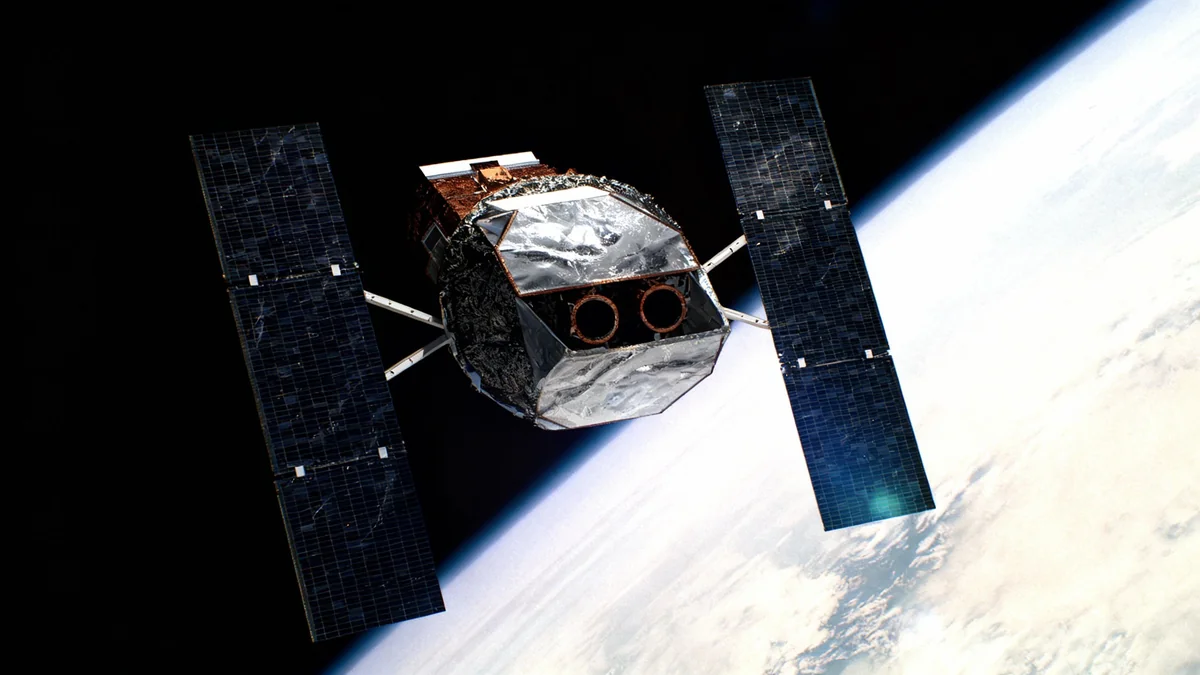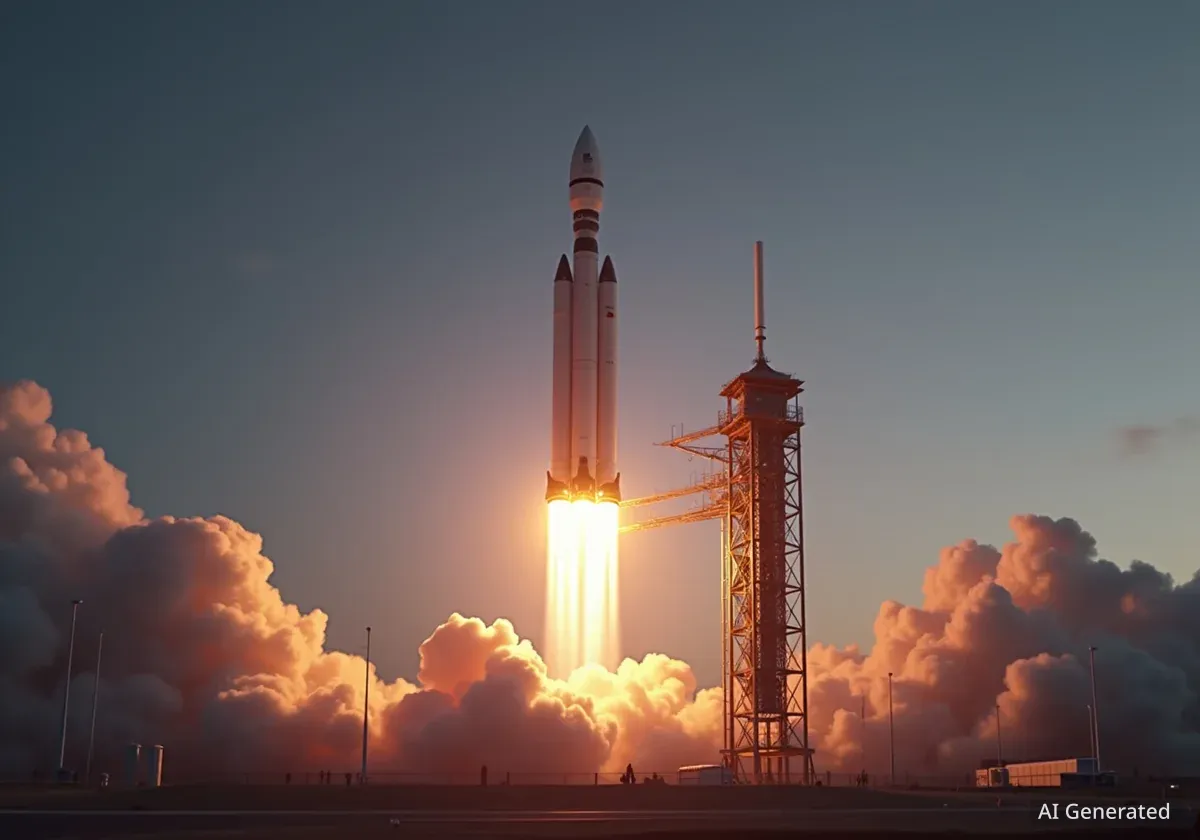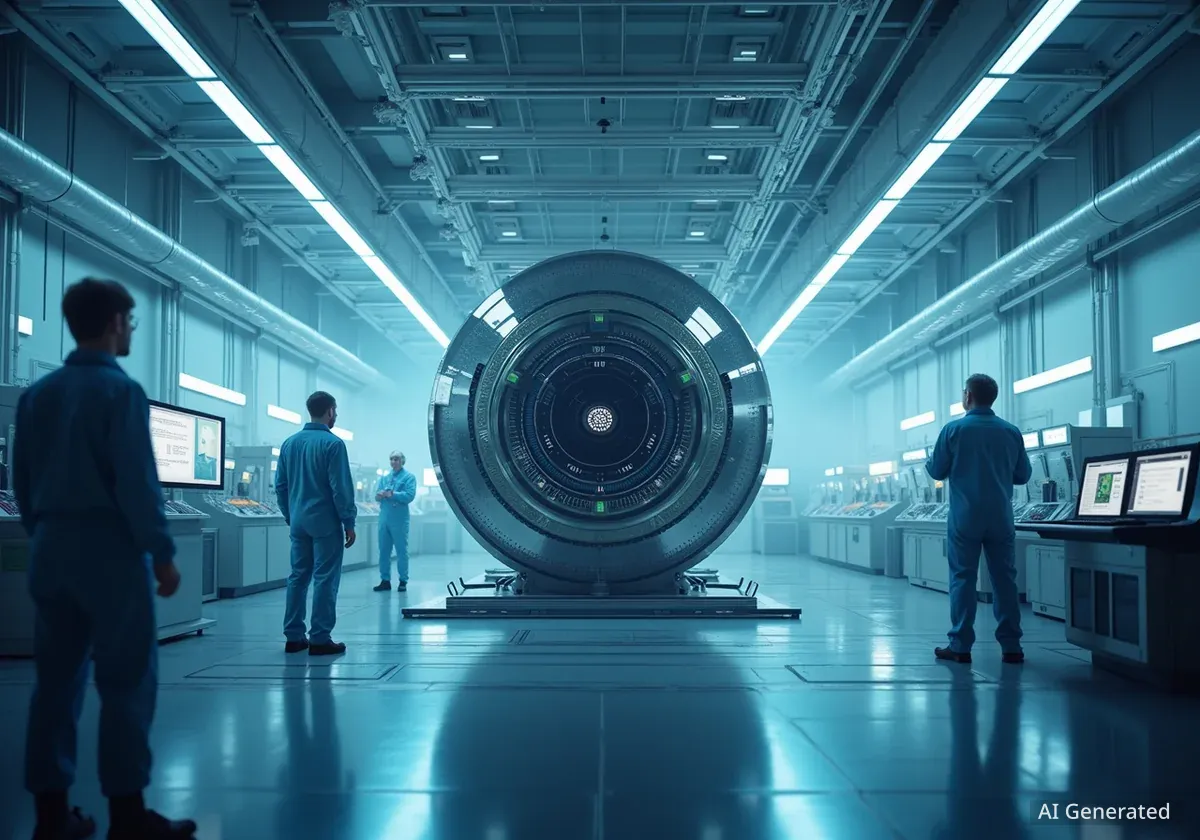Government agencies are the primary force driving investment in the emerging commercial space sector, according to industry leaders at the International Astronautical Congress. Companies developing commercial space stations, satellite servicing, and in-orbit logistics are currently relying on government contracts to build their businesses, with the expectation that a broader commercial market will follow once the infrastructure is established and costs are reduced.
This government-first approach is seen as essential for creating a sustainable circular space economy, where space assets can be reused, repurposed, and serviced directly in orbit. Executives from companies like Astroscale, The Exploration Company, and Vast emphasized that public sector demand is paving the way for future private enterprise in low-Earth orbit and beyond.
Key Takeaways
- Government demand, particularly from defense and civil agencies, is the main driver for investment in commercial space services.
- Companies are focusing on government contracts for initial revenue to develop capabilities like satellite servicing and cargo transport.
- The long-term goal is to reduce operational costs in space, which is expected to unlock new commercial markets like in-space manufacturing.
- NASA's objective to lower its spending on low-Earth orbit operations is a significant factor pushing the development of commercial space stations.
Government as the Anchor Customer
During a panel discussion on creating a circular space economy, industry leaders were clear: government investment is the foundational element for the next phase of space development. This initial support is crucial for companies building complex and capital-intensive technologies.
Chris Blackerby, Chief Operations Officer at Astroscale, explained that commercial demand alone is not yet sufficient to support the industry's growth. "We see a steady increase in interest, primarily from defense, around the capabilities that we can provide but also civil-government demand," he stated. Astroscale specializes in satellite servicing and debris removal, critical services for maintaining a safe operational environment in orbit.
"We’re building a space neighborhood with different types of capabilities. The way we’re going to get there is not through commercial demand but through government investment."Chris Blackerby, Astroscale COO
This sentiment was shared by other European companies. The Exploration Company, a spacecraft manufacturer, is also prioritizing government clients. Dana Baki, the company's Chief Commercial and People Officer, noted that their initial missions are focused on serving public space agencies.
"Like many things in the industry, the original demand does come from government," Baki said. "We are serving the European Space Agency’s demand to take cargo up to the International Space Station." She added that future missions would service commercial stations like those planned by Vast, demonstrating a clear path from public contracts to private enterprise.
The Challenge of Orbital Debris
Astroscale's ELSA-M service highlights the need for active debris removal. For example, OneWeb satellites operate at an altitude of 1,200 kilometers. Without intervention, a defunct satellite at this altitude could take approximately 2,000 years to deorbit naturally due to atmospheric drag.
Pivoting to Meet Market Demand
The influence of market demand is so strong that it can cause young companies to completely reshape their business models. Atmos Space Cargo, a German startup, initially planned to focus on recovering rocket components.
A Shift to Microgravity
However, feedback from the market and investors pointed toward a more immediate opportunity. "When we started Atmos, it was not about microgravity," said Jeffrey Hendrikse, co-founder and Chief Technology Officer. "It was about returning [rocket] upper stages and first stages, but wise investors nudged us in this direction."
Now, Atmos is focused on providing rapid transportation for microgravity research and manufacturing payloads. Their service aims to be a key part of the in-orbit logistics chain. "We are focusing on transportation from low-Earth orbit to Earth on free-flyer platforms to give our customers access to microgravity," Hendrikse explained. The company is developing its Phoenix reentry spacecraft, which uses an innovative inflatable heat shield for atmospheric return.
What is a Circular Space Economy?
A circular space economy aims to move away from the traditional model of launching single-use satellites and spacecraft. Instead, it focuses on sustainability through:
- Servicing: Refueling and repairing satellites in orbit to extend their lifespan.
- Repurposing: Adapting existing space assets for new missions.
- Recycling: Breaking down old satellites to reuse valuable components.
- Debris Removal: Actively cleaning up space junk to ensure safer operations.
This approach is designed to make space activities more sustainable and economically efficient over the long term.
The Economic Case for Commercial Space Stations
For companies like Vast, which plans to build its own commercial space station, the primary business driver is not creating new markets but rather drastically cutting costs for existing ones. The transition from the International Space Station (ISS) to commercial alternatives is motivated by clear financial goals set by government agencies.
Lowering the Cost of LEO Access
Max Haot, CEO of Vast, pointed to NASA's budget as the main catalyst. "What’s driving the transition from the ISS? NASA wants to go from spending $3 billion a year to $1 billion or so," Haot said. "They want to do at least the same amount of work, maybe more, with materially less."
Vast's strategy is to focus on efficient execution to lower the cost of operating in orbit. Haot believes that profitability is achievable with the current market, primarily composed of government astronauts and research projects.
"The first step is lowering the cost materially through execution, but not through new customers," he stated. Once this is achieved, the economic landscape changes. "We believe we can be profitable with the existing market."
Only after establishing a low-cost platform does Haot expect new commercial demand to emerge. When the price of access to microgravity drops significantly, activities like manufacturing organs, specialized semiconductors, or new pharmaceuticals in space become commercially viable. This approach flips the traditional model: instead of waiting for demand, companies are building cost-effective infrastructure that will, in turn, create its own demand.





